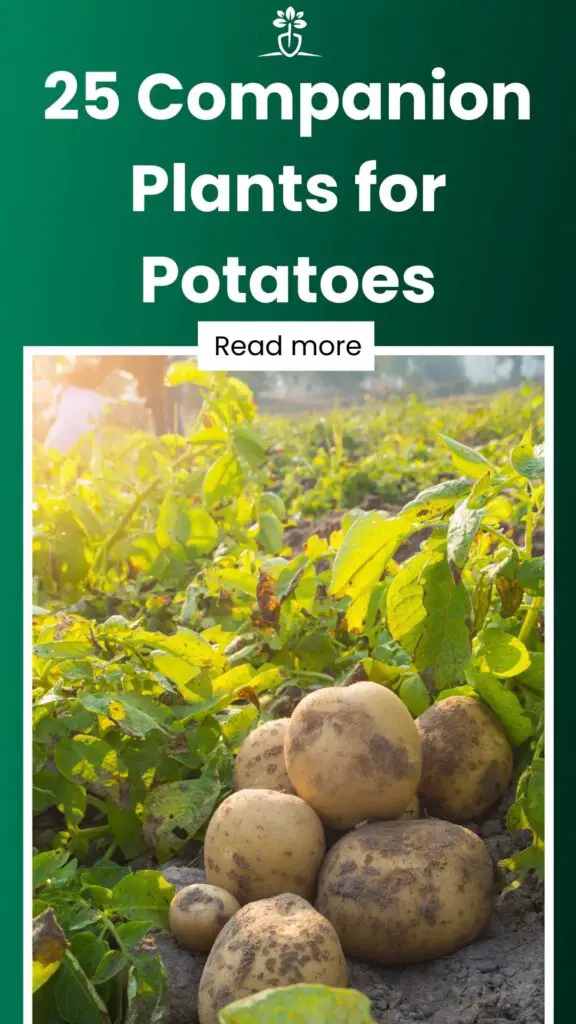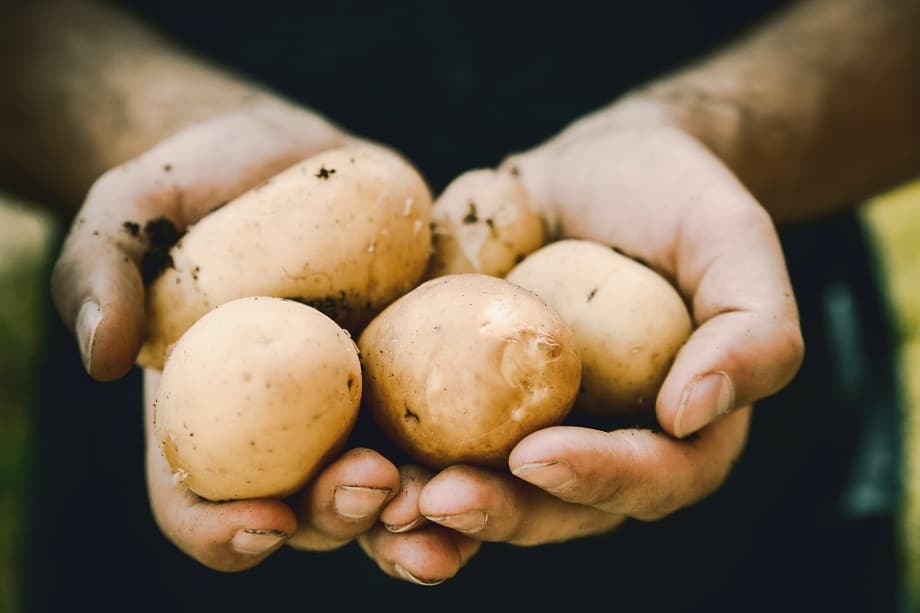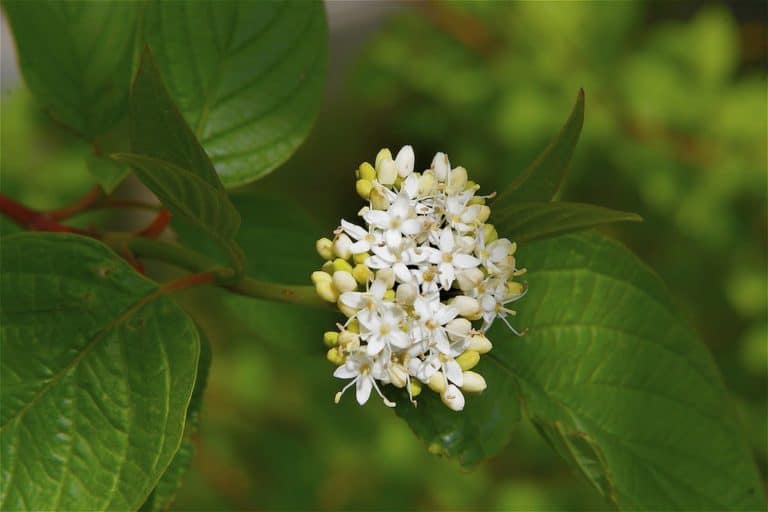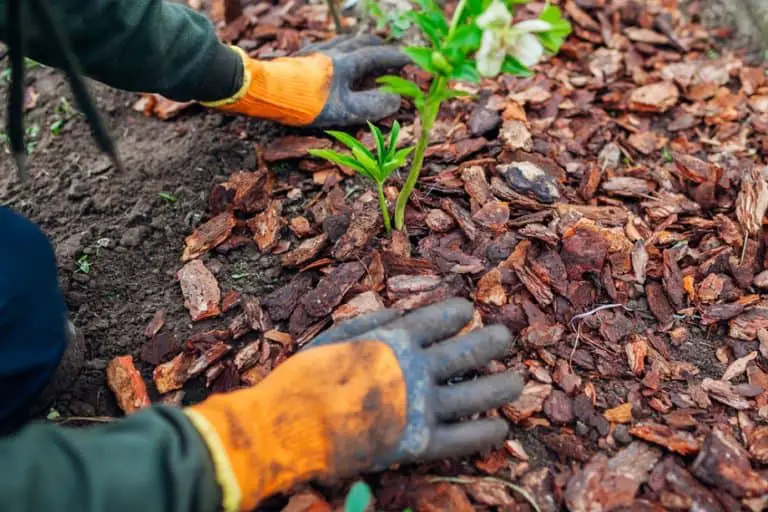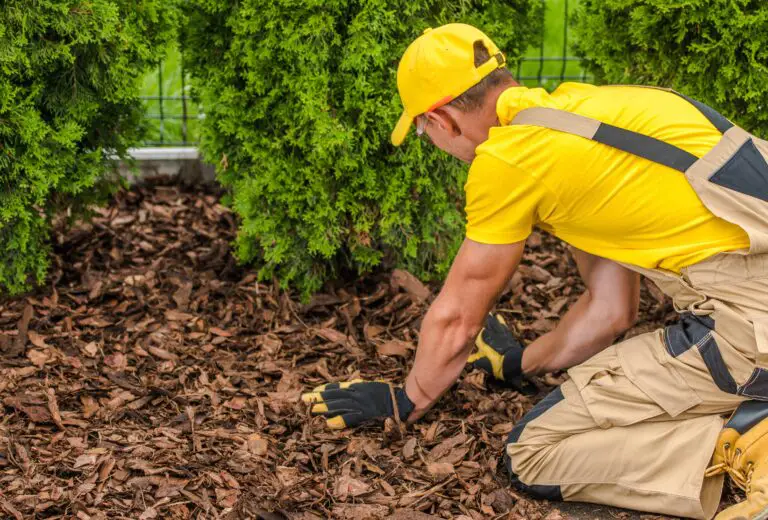25 Companion Plants for Potatoes
Growing your own **potatoes** is fun and fulfilling, letting you relish this classic food. Pick the right **potato varieties** for your area’s climate, and don’t forget to choose good **companion plants**. That can make your potato crop even better.
Fortunately, there are a number of plants, flowers, and herbs you can grow alongside your potatoes for optimal results.
Here are 25 of our favorite potato companion plants to boost your potato harvest.
Contents
1. Horseradish
This perennial root vegetable belongs to the mustard and wasabi family and carries a pungent flavor you won’t soon forget. Horseradish is often regarded as something of a “helping hand” in the garden, especially when grown around the borders of potato plots. Not only can horseradish ward of destructive aphids, whiteflies, potato bugs and potato beetles thanks to the presence of allyl isothiocyanate compounds, but many swear that the addition of horseradish lends a subtle, peppery flavor to their potatoes.
2. Onions
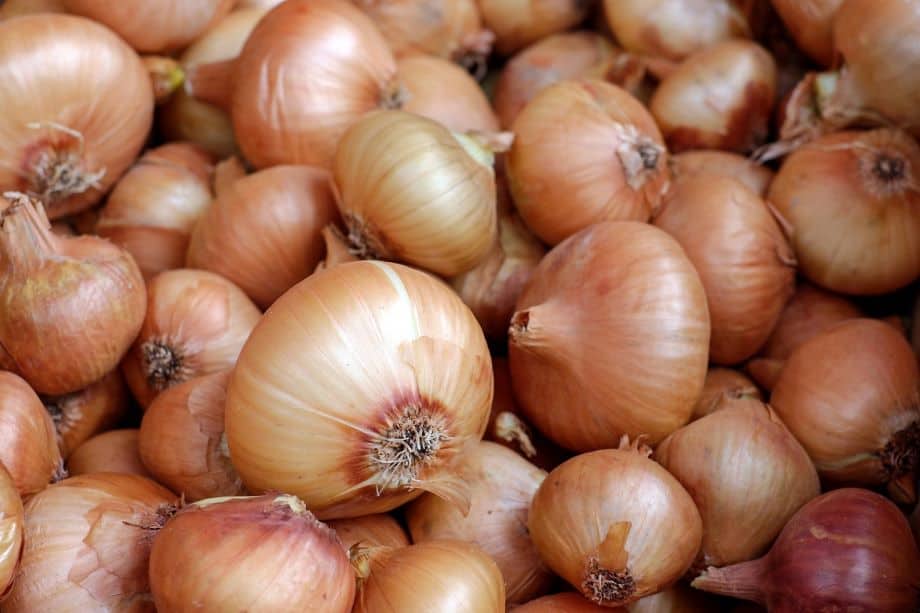
Almost as popular as the potato itself, onions can easily be incorporated into potato plots, with green and spring onions especially well-suited for smaller growing spaces. Moreover, the onion’s strong allium smell may repel insects that could wreak havoc on your potato crop. Just be wary of planting onions near legumes such as beans and peas, as they can hinder their growth.
3. Beans
While planting onions alongside legumes isn’t recommended, your potatoes will get a surefire boost when joined by nitrogen-fixing, shade-supplying beans. Studies on the intercropping of beans and potatoes have revealed that the overall yield of both crops can be enhanced by combining the two.
4. Peas
Also, nitrogen-fixing legumes, peas, like beans, are ideal potato companions, with similar results yielded in the intercropping studies mentioned above. If you live in a year-round warm climate with hot summers, peas can provide some much-needed shade for your potatoes, as well as prevent moisture loss and potentially ward off Colorado potato beetles.
5. Garlic
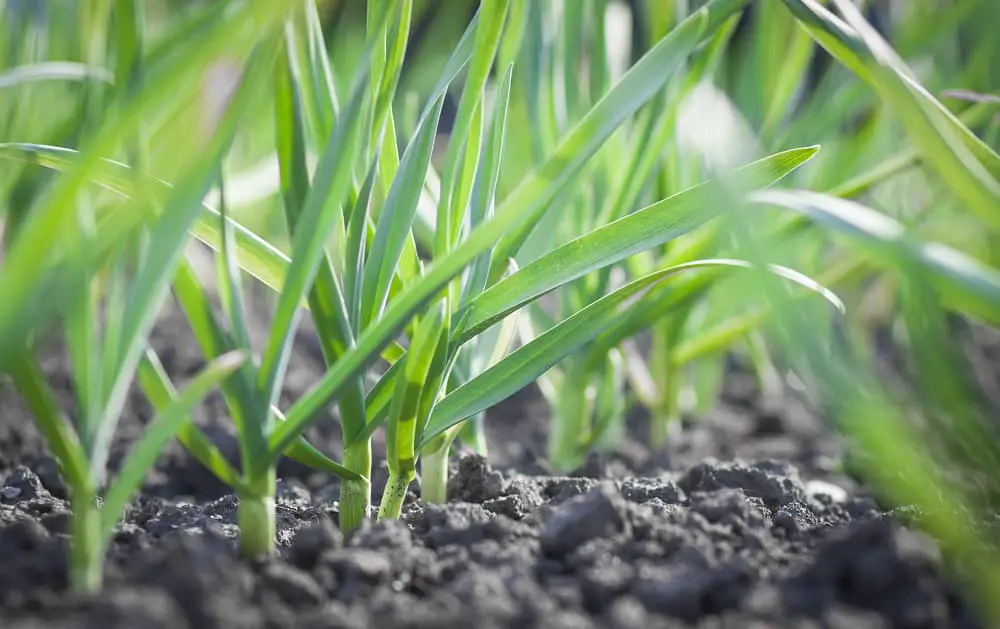
Planting garlic around your potato beds will not only provide you with a delicious (and oft-used) ingredient but repel or “confuse” certain pest species trying to infiltrate your potatoes with their heady aroma. Another plus: intercropping potatoes with garlic was found to be a more effective fungicidal treatment. You can also grow garlic in your kitchen with a smart garden.
6. Lettuce
This shallow-rooted, fast-growing crop will not only supply you with all the fresh salad greens you could want but can also help increase your potato yield when planted between potato rows.
7. Radishes
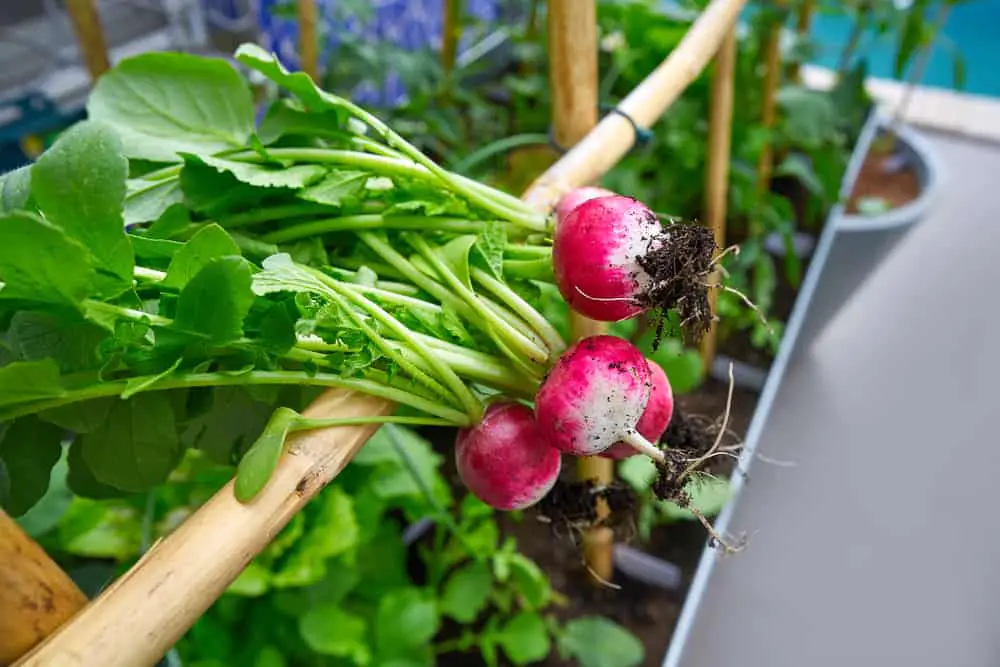
Much like lettuce, radishes are another great space-filling crop, with equally shallow roots and fast-growing properties that mean you can harvest your radishes at different times than your potatoes. Radishes are known to repel insects such as flea beetles and make a tasty addition to your garden.
8. Corn
If you live in a warm climate, growing corn on the southern side of your potatoes could provide crucial shade and reduce water evaporation during periods of drought.
9. Spinach
This nutrient-rich, leafy green creates good ground cover for your potatoes and can be sown around your crops at differing harvest intervals for optimal space utilization. Spinach is also known to ward off invasive weeds that could overtake your potato crops and gobble up vital nutrients before you’ve even had a chance to taste them. Spinach will grow well in The Garden Tower 2 if you don’t have much space.
10. Lovage
As its name would suggest, lovage is a caring companion herb that attracts beneficial pollinators such as bees and boosts the overall health of neighboring plants.
11. Marigolds
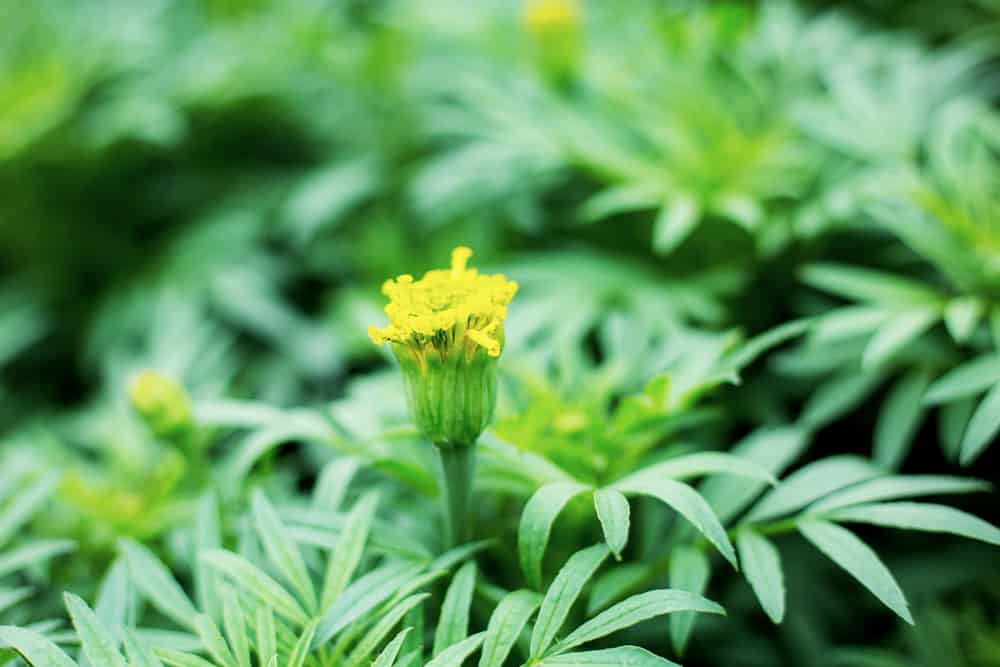
These cheerful flowers are nothing short of little powerhouses when interspersed with other plants. Easy to grow and adaptive to multiple climates and soil types, marigolds protect their neighbors from tiny roundworm organisms called nematodes. These can harm both humans and surrounding plant life, as well as your usual garden variety (no pun intended) pests. Marigolds are 100% edible and can be used in several recipes and non-toxic dyes. And if that isn’t enough, marigolds are a popular attraction for butterflies.
12. Thyme
This age-old herb is the perfect companion for potatoes, both in the garden and on the plate. Thyme attracts helpful Syrphidae, which reduce aphid numbers and provides good ground cover, so your potatoes don’t lose necessary moisture. It’s recommended that you plant thyme in sunny, dry areas.
13. Basil
This fragrant herb has long been a staple in kitchens worldwide and thrives in the moist soil beneath potato plants. Basil is a known pest repellant, keeping such insects as hornworms, flies, and thrips at bay when added to your garden. Use an indoor garden like Click and Grow to grow herbs like Basil in your home.
14. Chamomile
This lovely, soothing herb has been used for centuries to calm and alleviate pain and is also an effective ingredient in skincare. When grown alongside other plants, chamomile can help keep harmful wasps and hoverflies away.
15. Yarrow
This pretty perennial herb is often used as a companion plant for other crops, as yarrow attracts all the good insects while keeping the less welcome ones at bay. Yarrow’s deep roots act as a dynamic accumulator for potatoes, and when chopped and dispersed, can deliver twice the amount of nutrients to your crop. Yarrow can additionally help break up the soil, ensuring that it’s not too compact. Other aromatic herbs can join it for essential oil production.
16. Cilantro
While something of a divisive plant among foodies, cilantro is a potato grower’s best friend, as it fights off destructive potato beetles when planted between crop beds.
17. Parsley
Similar to cilantro in many ways, parsley is known for its sharp, peppery taste and moisture-craving properties. When grown as a companion plant, parsley can act as a trap for insects that prey on potatoes and attract more beneficial ones to your garden.
18. Sage
Another aromatic herb, sage, can provide your potatoes with helpful pollinators like honeybees and wasps while repelling unwanted visitors like flea beetles.
19. Clover
Along with legumes such as beans and peas, clover is a nitrogen-fixing plant that provides ground cover and, when in flower, can attract a variety of pollinators and favorable insects.
20. Flax
Flax not only purportedly deters potato bugs but may also improve your crop’s yield, quality, and flavor.
21. Borage (Starflower)
This lovely, indigo-colored flower can be a beneficial addition to most gardens and is well-suited for companion planting alongside potatoes. Borage acts as a dynamic accumulator and works to maintain the moisture and fertility of neighboring plants when harvested, chopped, and dropped into the soil. Borage can additionally attract helpful insects when in bloom.
22. Calendula (Pot Marigold)
Not to be confused with marigold flowers, calendula is largely revered for attracting beneficial insects and is a common companion plant for potatoes.
23. Nasturtiums
Nasturtiums make all-around great companion plants for commonly cultivated fruits and vegetables, and potatoes are no exception. Not only do nasturtiums attract beneficial insects and pollinators, but they can also additionally act as a “trap crop” for less useful pests.
24. Petunias
These cheerful, sweet-smelling flowers add a splash of color to your garden and protect your potatoes from detrimental pests such as leafhoppers.
25. Dead Nettle
Despite its somewhat off-putting name, dead nettle is a helpful weed that can improve the taste and vitality of neighboring potato plants, as well as repel unwanted pests.
Not So Great Companions: Plants You Shouldn’t Grow With Potatoes
1. Tomatoes
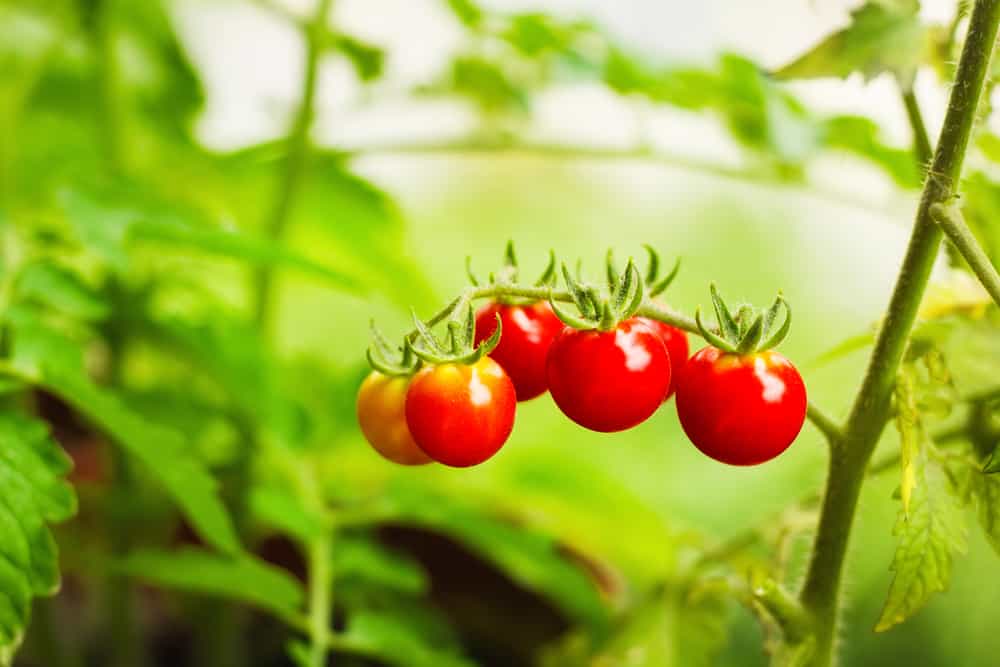
Although technically, potatoes are part of the same nightshade family as tomatoes, it’s probably best to think of the two as toxic relations. When grown too close together, tomatoes and potatoes can infect each other with deadly pests and diseases.
2. Cucumbers and Squash
Cucumbers, squash, and other cucurbit family members are best grown away from potatoes, as these tasty but greedy plants can rob your crop of essential water and nutrients.
3. Carrots
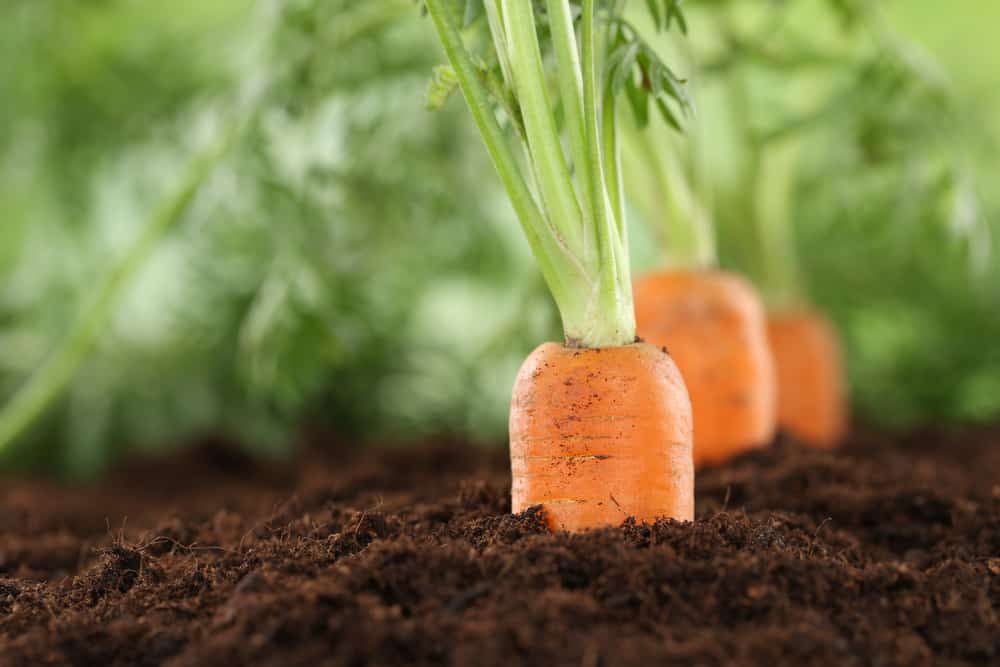
Because carrots and potatoes share few of the same environmental conditions, it’s rare to find the two sharing the same garden plot. Carrots require far less moisture than potatoes and can stunt the growth of potato tubers when grown nearby.
4. Brassicas (Cabbage Family)
While some brassicas, like the aforementioned horseradish, can be beneficial to your potato plants, other members of the cabbage family could prove to be incompatible neighbors in the long run. Like carrots, brassicas enjoy a more alkaline environment than potatoes, which grow better in more acidic soil.
5. Asparagus
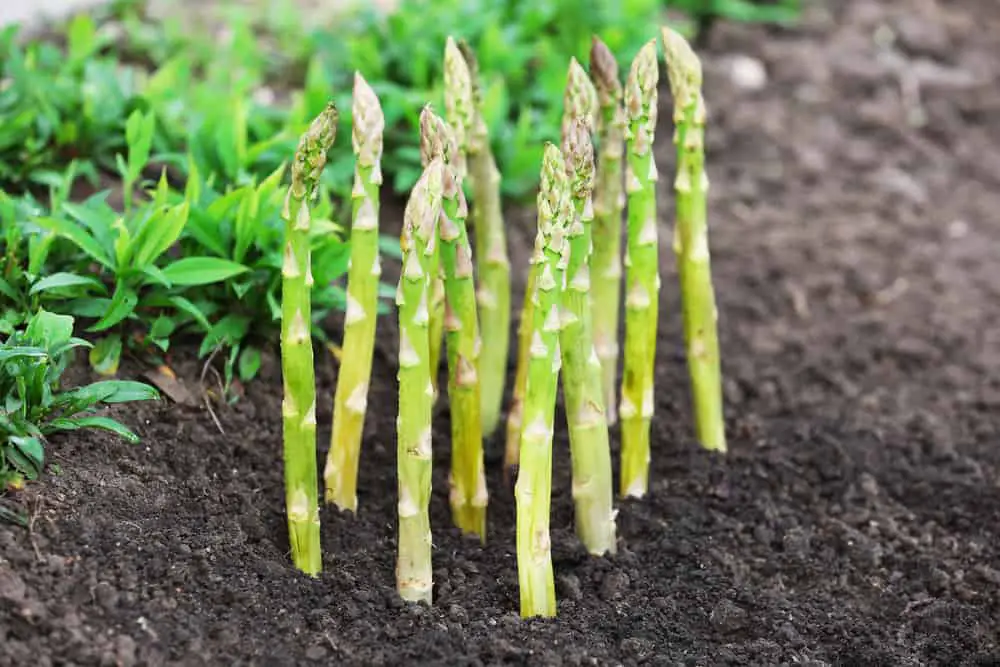
While growing your asparagus is recommended, make sure you keep it far away from your potatoes. Asparagus is notoriously greedy and could compete with your potatoes for space and nutrients. Moreover, as a perennial crop, asparagus has a complex root system that could be damaged when planted alongside potatoes.
6. Sunflowers
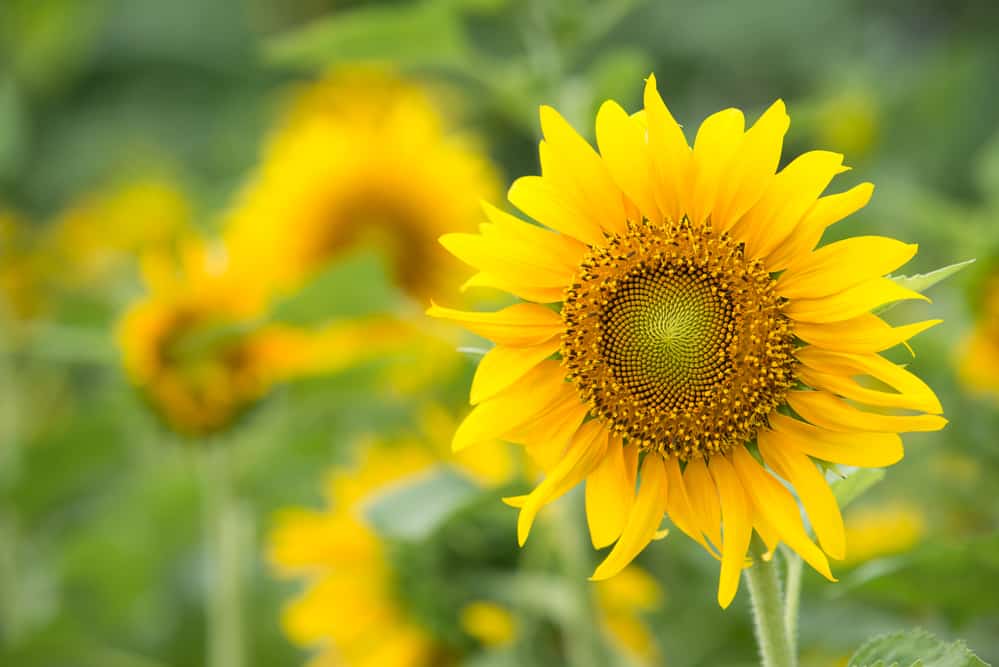
While these stunning flowers are ace companions for some crops such as corn, sunflowers, and potatoes are not a recommended pairing. Because sunflowers have an allelopathic effect, they can excrete chemicals that hinder seed germination and stunt the growth of surrounding plants.
7. Fennel
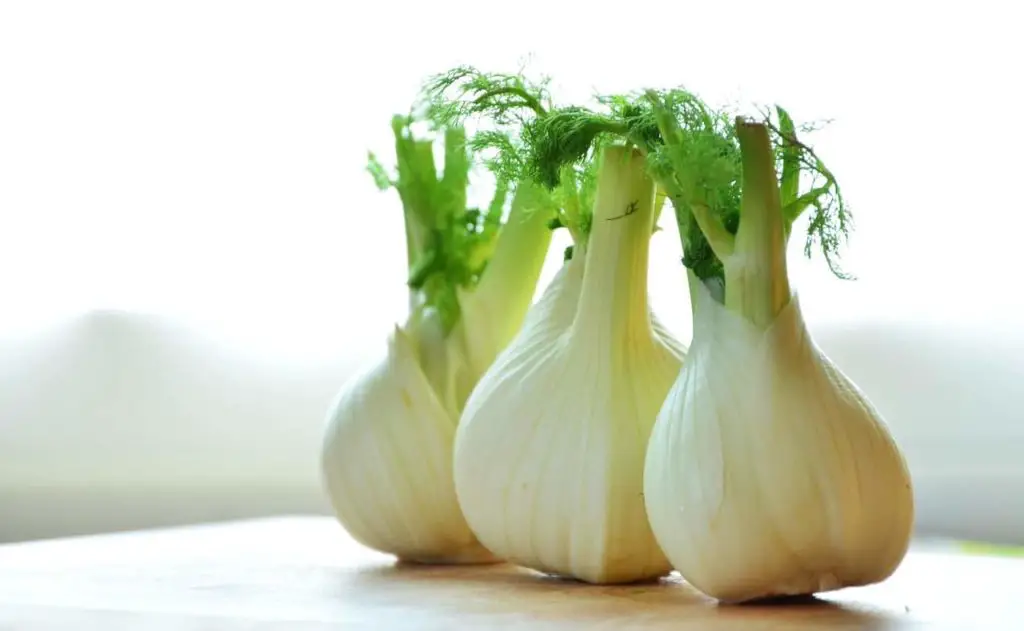
Another allelopathic plant, fennel, can stunt the growth of your potatoes and cause further damage through the excretion of its chemicals.
Growing your own potatoes can be an enjoyable–and appetizing–pastime, with only a few precautions to keep in mind. By selecting the best companion plants (and conversely eliminating less favorable varieties), you can ensure the good health and heartiness of your homegrown potatoes for years to come.
